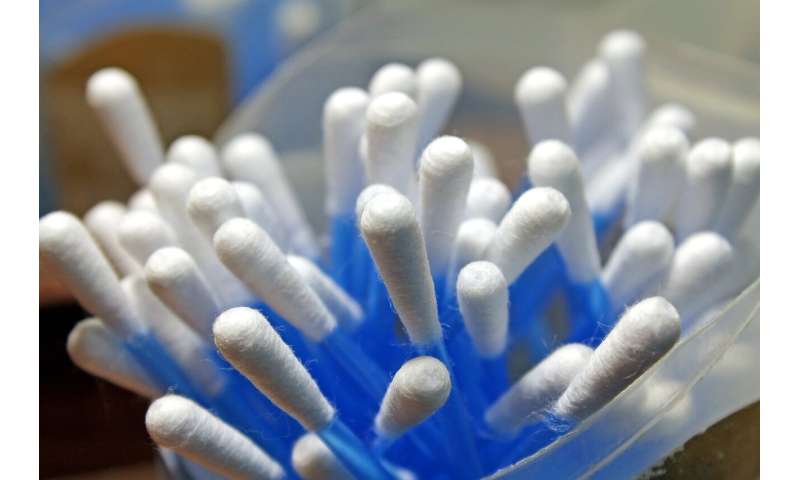
Dr. Alexander Edwards, an Associate Professor in Biomedical Technology in the School of Chemistry, Food and Pharmacy at the University of Reading said:
“The wider roll-out of testing to larger groups is a welcome step forward. Beyond the headline, people should remember it’s harder than it might first appear to expand such testing services.
“It’s not just a matter of sticking a cotton bud in the nose or mouth- proper technique is required to make sure the test result is reliable. There is a need for a very large team of expert sample collectors. We should be thankful for these people’s efforts and celebrate the testers and lab workers alongside other key workers.
The mention of home sample or home testing option is also a great step forward. It sounds like home sampling, where the sample is sent to a lab for processing is coming first, before home testing such as the rapid antibody tests that haven’t yet been found to be ready for use.
It will be interesting to see what samples can be taken at home- it could be swabs, blood or saliva- there are many different ways of collecting different samples at home. But we must remember that it’s not as easy as it might first appear. If you think about assembly instructions from Ikea, it’s always easy to make a small mistake that could result in your cupboard door being upside down.
With a diagnostic test, it might be just as easy to have a mixup, but with potential for more serious consequences if there are any mistakes. The home sampling test kit must therefore be clear, easy to use, with helpful instructions and there has to be support available if people would like someone to guide them through the instructions, or need to talk through their results.
Source: Read Full Article